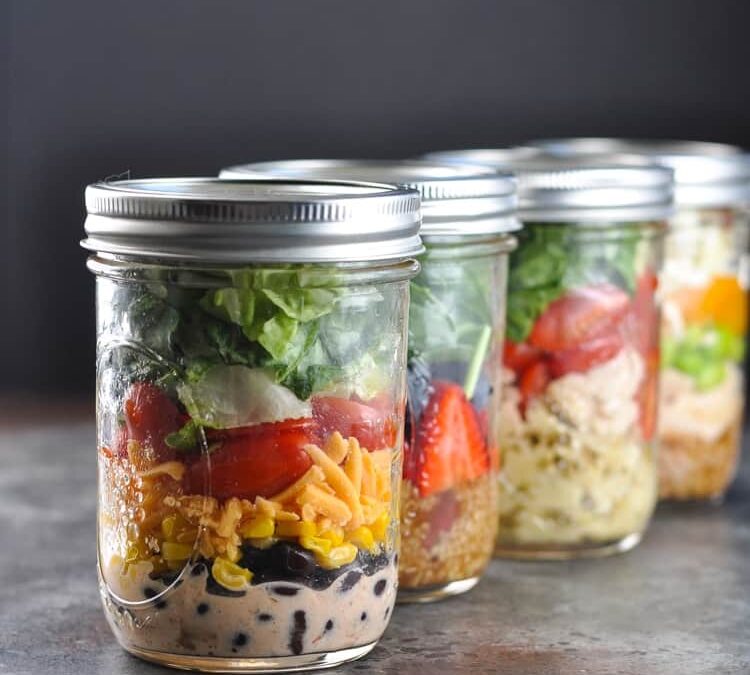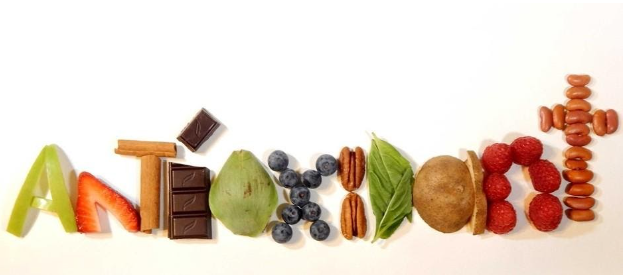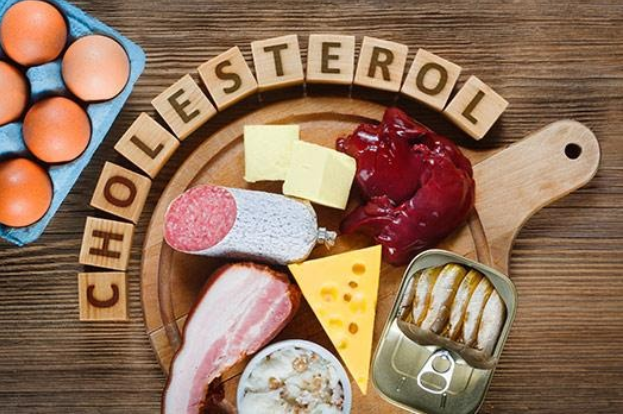
Healthy Resolutions Include Daily Reading for a Healthy Mind
Healthy Resolutions Include Daily Reading for a Healthy Mind
- Enhancing Memory
- Sharpening Decision Making
- Delaying the Onset of Alzheimer’s and Dementia
- Reducing Stress and Anxiety
- Sleeping Better
It is no secret that one of the top habits listed for leaders and successful people is reading. Many retired executives continue this healthy habit and continue to open a whole new world. Many of our award recipients profiled at our previous luncheons are still working in fields that require staying current in their fields, reflecting supporting this article.








